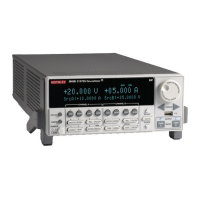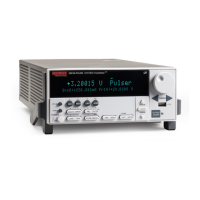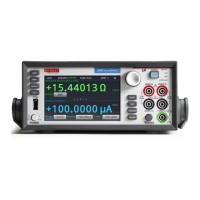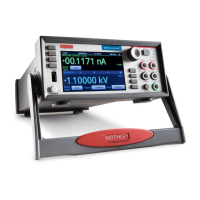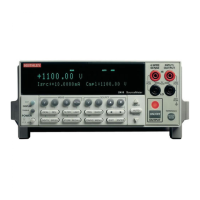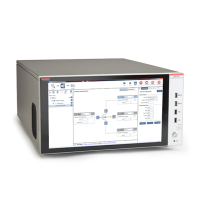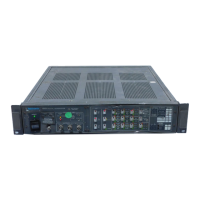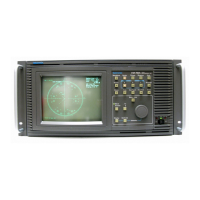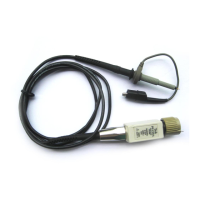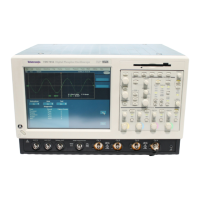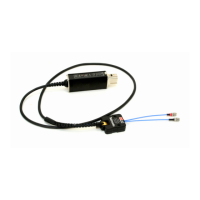Operating boundaries
Depending on how the instrument is programmed and what is connected to the output (load or
source), the instrument can operate in any of the four quadrants. The four quadrants of operation are
shown in the following figure. When operating in the first (I) or third (III) quadrant, the instrument
operates as a source (voltage and current have the same polarity). As a source, the instrument
delivers power to a load.
Figure 60: Four quadrants of operation
When operating in the second (II) or fourth (IV) quadrant, the instrument is operating as a sink
(voltage and current have opposite polarity). As a sink, it is dissipating power rather than sourcing it.
An external source or an energy storage device, such as a capacitor or battery, can force operation in
the sink region.
Continuous power operating boundaries
The general operating boundaries for 2601B, 2602B, 2604B continuous power output are shown in
the following figure (for derating factors, see General power and maximum duty cycle equations (on
page 5-3)). In this figure, the current (600 mA, 1 A, 2.2 A, and 3 A) and the voltage (6 V and 40 V)
magnitudes are nominal values. Also note that the boundaries are not drawn to scale.
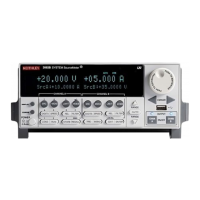
